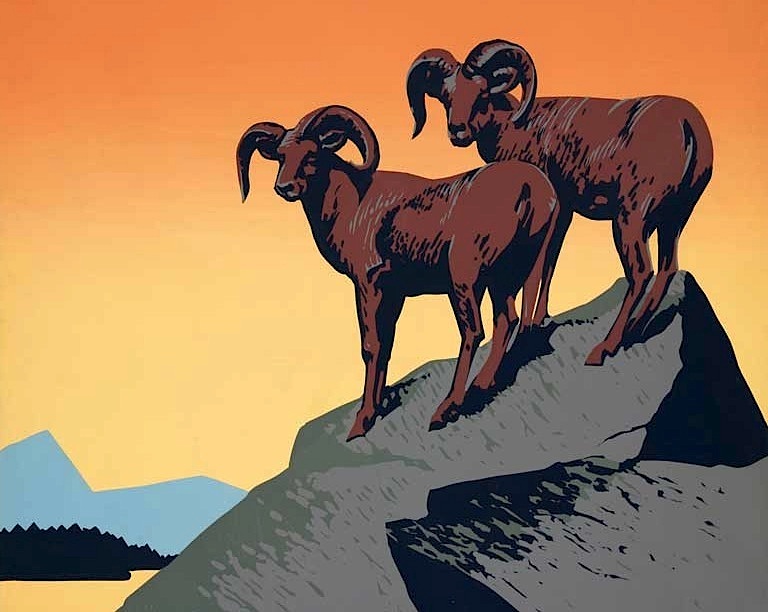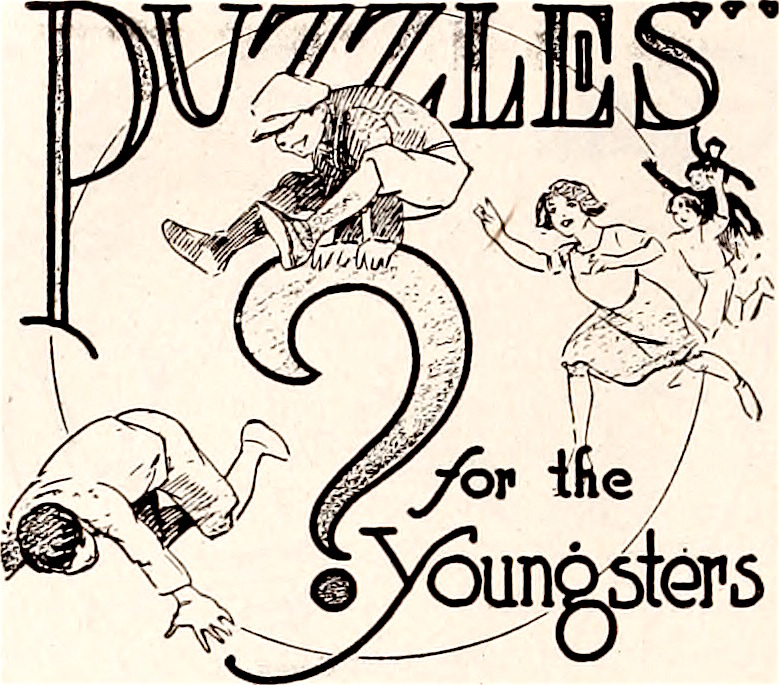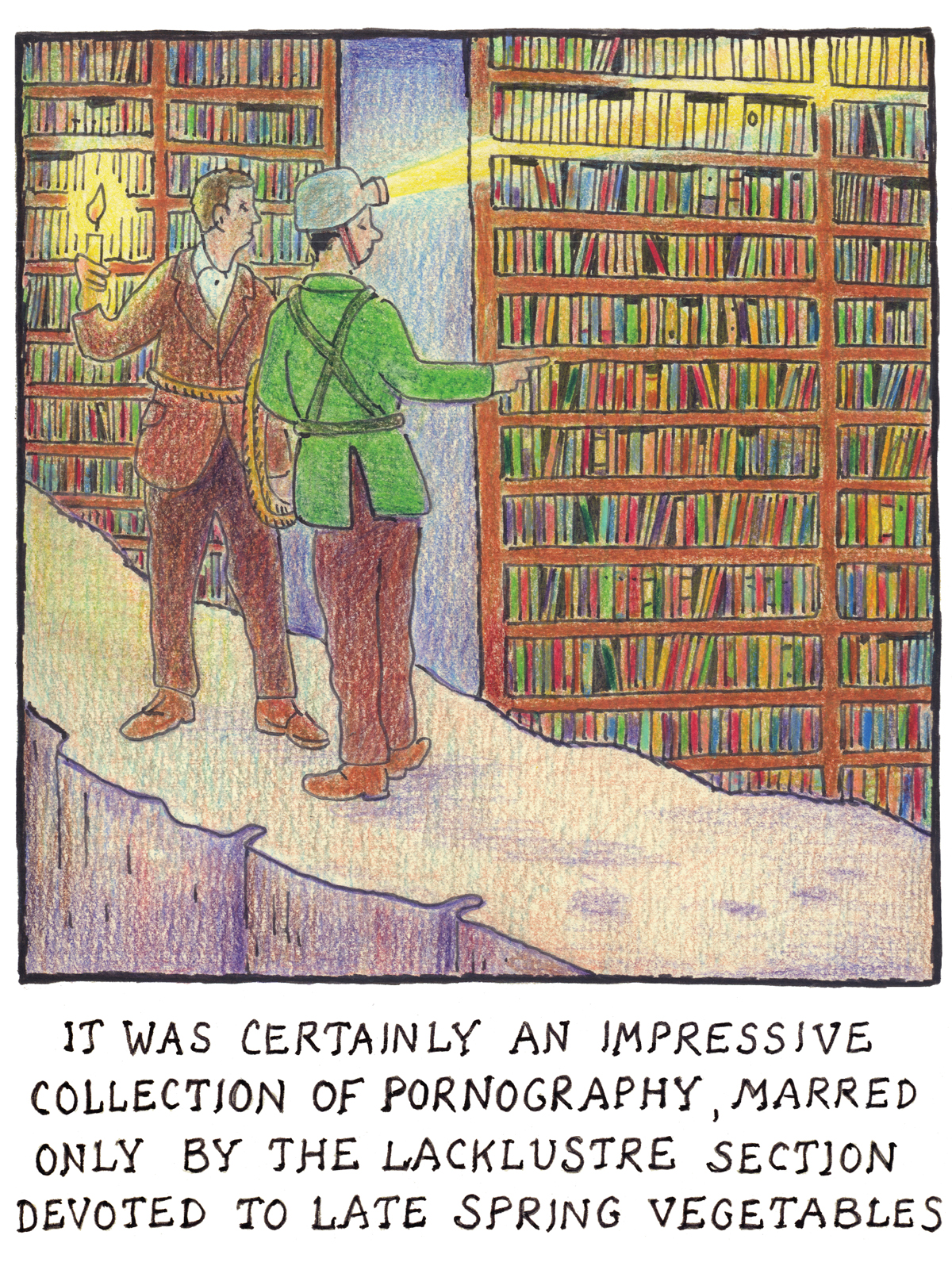A spacecraft tasked with keeping a robotic eye on Indiathe sun caught sight of a double eclipse of our closest star last week.
NASA's Solar Dynamics Observatory (SDO) captured a high-definition video of the Earth and moon blocking the light of the sun at the same time on Sept. 1.
SEE ALSO: Here are 31 of the best space photographs of the yearIn the footage, Earth passes in front of the sun first, with the moon following shortly afterward.
"The end of the Earth eclipse happened just in time for SDO to catch the final stages of the lunar transit," NASA said in a statement.
"In the SDO data, you can tell Earth and the moon’s shadows apart by their edges: Earth’s is fuzzy, while the moon’s is sharp and distinct."
The Earth's diffuse edge is due to the planet's atmosphere, making its margins somewhat blurry during this kind of event, NASA said. The moon, on the other hand, has a defined edge because it lacks an atmosphere.
This eclipse could also be seen on the ground from parts of the African continent.
"The eclipse was what's known as a ring of fire, or annular, eclipse, which is similar to a total solar eclipse, except it happens when the moon is at a point in its orbit farther from Earth than average," NASA added.
That added distance makes the moon look smaller from Earth, meaning that it doesn't blot out the full face of the sun, leaving a "ring of fire" around the star from our perspective.
(Editor: {typename type="name"/})
 Can Poets Save the Parks? Well … Maybe.
Can Poets Save the Parks? Well … Maybe.
 How We Imagined a Female President Would Look in 1992
How We Imagined a Female President Would Look in 1992
 #ReadEverywhere, Even in the Ring
#ReadEverywhere, Even in the Ring
 Whale Vomit Episode 5: Startup Monarchy
Whale Vomit Episode 5: Startup Monarchy
Best speaker deal: Save $30 on the JBL Clip 5
 SAVE $30: As of May 13, the JBL Clip 5 is on sale for $49.95 at Amazon. That's a 38% saving on the l
...[Details]
SAVE $30: As of May 13, the JBL Clip 5 is on sale for $49.95 at Amazon. That's a 38% saving on the l
...[Details]
 In Praise of Minor LiteratureBy Matthew St. Ville HunteJuly 8, 2016Our CorrespondentsHouseboats by t
...[Details]
In Praise of Minor LiteratureBy Matthew St. Ville HunteJuly 8, 2016Our CorrespondentsHouseboats by t
...[Details]
In a Vast Collection of American Folk Art, Something for Everyone
 A Staggering Array of Folk Art, and Other NewsBy Dan PiepenbringJune 14, 2016On the ShelfAn elephant
...[Details]
A Staggering Array of Folk Art, and Other NewsBy Dan PiepenbringJune 14, 2016On the ShelfAn elephant
...[Details]
How Mary Toft Convinced the World She’d Birthed Rabbits
 An Extraordinary Delivery of RabbitsBy Edward WhiteJuly 5, 2016The Lives of OthersHow Mary Toft conv
...[Details]
An Extraordinary Delivery of RabbitsBy Edward WhiteJuly 5, 2016The Lives of OthersHow Mary Toft conv
...[Details]
Outdoor speaker deal: Save $20 on the Soundcore Boom 2
 SAVE $20: As of May 13, Anker's Soundcore Boom 2 speaker is on sale for $119.99 instead of $139.99 a
...[Details]
SAVE $20: As of May 13, Anker's Soundcore Boom 2 speaker is on sale for $119.99 instead of $139.99 a
...[Details]
The Story of a Photograph from the 1944 Hartford Circus Fire
 Tears of a ClownBy William BrowningJuly 6, 2016On HistoryRalph Emerson’s famous photo of Emmett Kell
...[Details]
Tears of a ClownBy William BrowningJuly 6, 2016On HistoryRalph Emerson’s famous photo of Emmett Kell
...[Details]
Thirty Malapropisms: The Answers
 Thirty Malapropisms: The AnswersBy Dylan HicksMay 31, 2016Really Difficult PuzzlesEd. Note: last wee
...[Details]
Thirty Malapropisms: The AnswersBy Dylan HicksMay 31, 2016Really Difficult PuzzlesEd. Note: last wee
...[Details]
#ReadEverywhere, Even in the Ring
 #ReadEverywhere, Even in the RingBy Dan PiepenbringJuly 11, 2016ContestsRocky’s LRB subscription led
...[Details]
#ReadEverywhere, Even in the RingBy Dan PiepenbringJuly 11, 2016ContestsRocky’s LRB subscription led
...[Details]
Waymo data shows humans are terrible drivers compared to AI
 Now operating in cities like L.A., San Francisco, Phoenix, Austin, and Atlanta, the robotaxis of Way
...[Details]
Now operating in cities like L.A., San Francisco, Phoenix, Austin, and Atlanta, the robotaxis of Way
...[Details]
Glen Baxter Week, Day Five: Porn Collections, Yodelers
 Baxter Week, Day FiveBy Glen BaxterMay 27, 2016LookAll things must pass, and so today marks the end
...[Details]
Baxter Week, Day FiveBy Glen BaxterMay 27, 2016LookAll things must pass, and so today marks the end
...[Details]
接受PR>=1、BR>=1,流量相当,内容相关类链接。